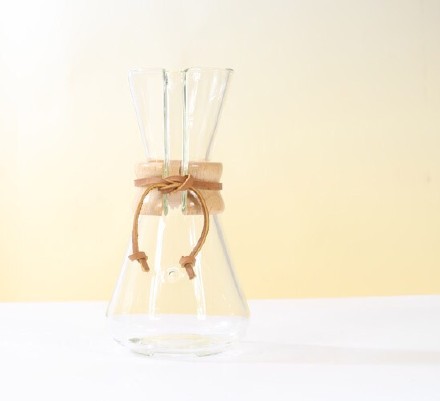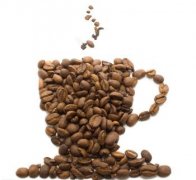Do you feel pain after exercise? Have a cup of coffee

Drinking coffee can help many people relieve physical pain caused by excessive exercise, according to a study.
The study found that moderate caffeine intake, which is roughly equivalent to drinking two cups of coffee, reduced muscle soreness by 48 percent. The University of Georgia researchers caution, however, that the findings may not hold true for those who regularly consume caffeine because they are less sensitive to its effects.
The study appears in the Journal of Pain and Symptom Management. The subjects were nine female college students who consumed caffeine infrequently and did not engage in regular physical training. Within a day or two of an exercise that caused moderate muscle soreness, volunteers did thigh strength exercises after taking caffeine or placebo.
The results showed that those who took caffeine experienced 48 percent less muscle pain than those who took a placebo when the thigh strength exercise was at its highest intensity, and 26 percent less when the exercise was at its lowest intensity. "If you can use caffeine to reduce pain, it's easier to transition from a low-intensity workout in the first week to a longer workout later," said study author Victor Maredax. The researchers point out that such findings may not apply to those who regularly drink coffee.
A physiologist at the British Society for Sport and Exercise Science said it was normal to feel sore after exercise and that it was actually a signal that muscles were responding to exercise. Caffeine is useful if it only relieves symptoms such as pain and does not cause other underlying pain, but caffeine also has diuretic effects, which may cause other problems.
He added that muscle soreness can also be helped by methods such as stretching, ice or massage. Roy Wilton, a spokesman for the British Coffee Association, said studies had shown coffee increased exercisers 'intensity and prolonged their exercise. But about the new study, she said: "It's interesting, but we shouldn't get too excited about it just yet. We can wait until more research comes out."
Important Notice :
前街咖啡 FrontStreet Coffee has moved to new addredd:
FrontStreet Coffee Address: 315,Donghua East Road,GuangZhou
Tel:020 38364473
- Prev

How to get a cup of coffee like this?
How to get a coffee cup? The coffee you drink after a meal is usually served in a pocket cup. The ear of this kind of cup is so small that you can't get your fingers out. But even if you use a larger cup, don't put your finger through the ear and carry the cup. The correct way to hold a coffee cup is to hold the handle of the cup by your thumb and forefinger and then pick up the cup. How to add sugar to the coffee? When adding sugar to coffee, granulated sugar can
- Next

Can excessive consumption of coffee and tea in women lead to iron deficiency anemia?
According to Singapore's Lianhe Zaobao, a recent survey by the World Health Organization shows that about 50% of girls, 20% of adult women and 40% of pregnant women develop iron deficiency anemia. Iron deficiency anemia is a common disease in infants and young children, with an incidence of 20% to 38%. The physiological characteristics of women determine that women are prone to anemia. Adolescent girls grow vigorously and have a strong body to iron.
Related
- Beginners will see the "Coffee pull flower" guide!
- What is the difference between ice blog purified milk and ordinary milk coffee?
- Why is the Philippines the largest producer of crops in Liberia?
- For coffee extraction, should the fine powder be retained?
- How does extracted espresso fill pressed powder? How much strength does it take to press the powder?
- How to make jasmine cold extract coffee? Is the jasmine + latte good?
- Will this little toy really make the coffee taste better? How does Lily Drip affect coffee extraction?
- Will the action of slapping the filter cup also affect coffee extraction?
- What's the difference between powder-to-water ratio and powder-to-liquid ratio?
- What is the Ethiopian local species? What does it have to do with Heirloom native species?

